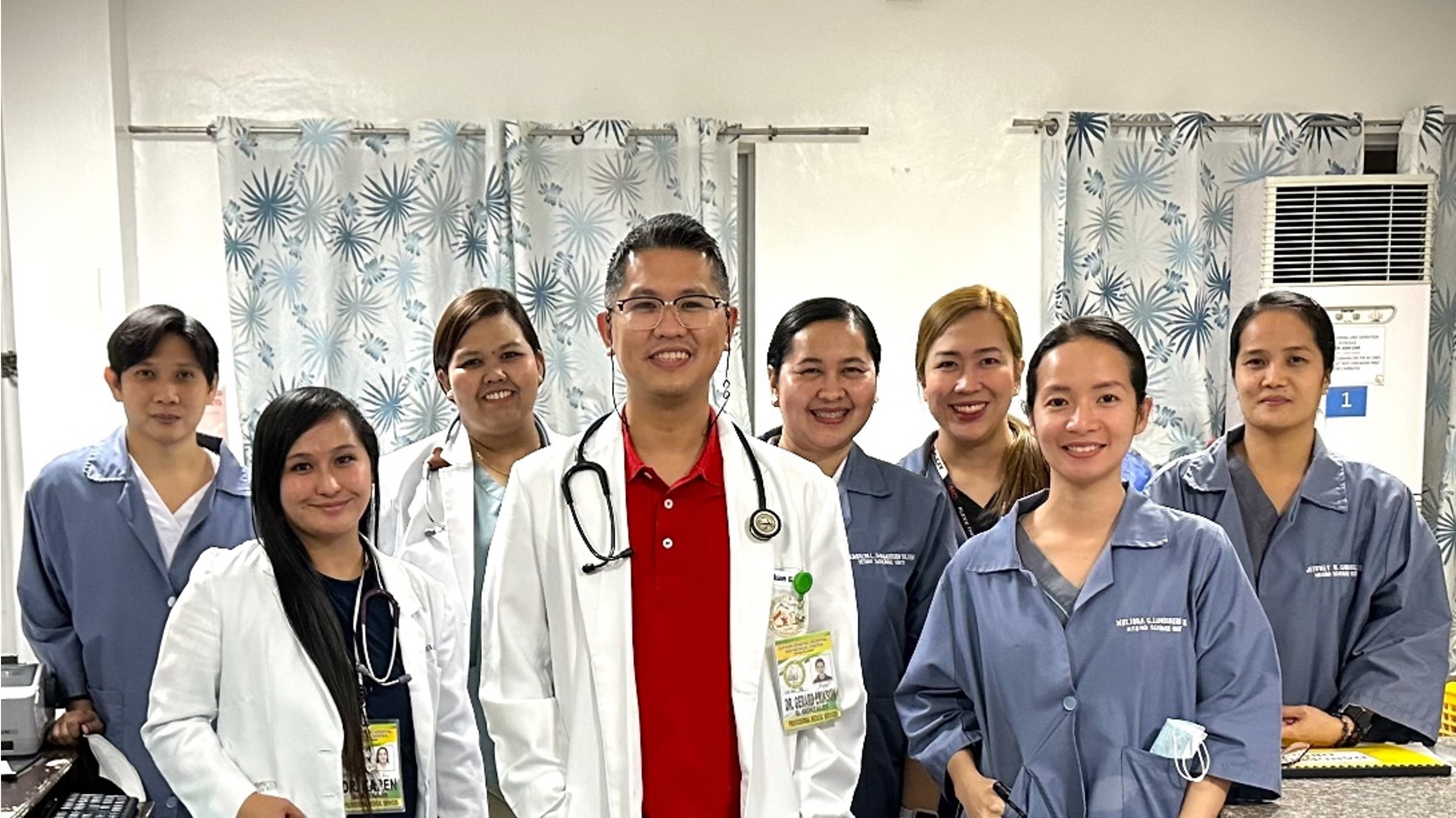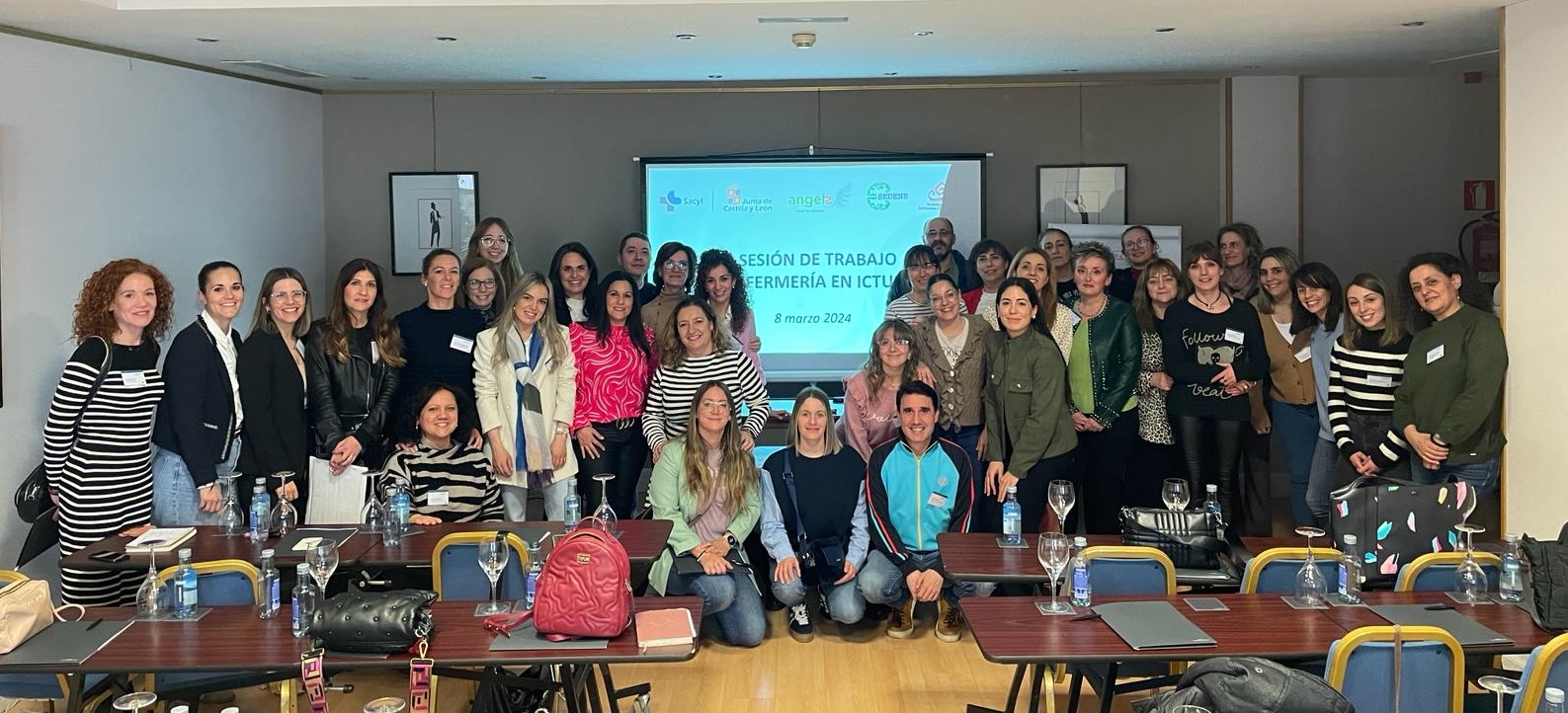In a forgotten region of Spain the stroke network faced countless hurdles that left its ageing population vulnerable. Could a regionwide strategy solve a region-sized problem, and what role could nurses play?

Extremadura has long seemed like a good place to leave. This was true in the 16th century when this poor and rugged region in western Spain was fertile recruiting ground for conquistadores such as Hernán Cortés and Francisco Pizarro who found the boys from back-of- beyond villages eager for the boats that would carry them to the conquest of central and southern America.
And it seems no less true 500 years later when the exodus of young Extremadurans leaves behind a steadily dwindling and ageing population in the poorest region of Spain that not for nothing derives its name from the Spanish word for “extremes”.
Stroke care in Extremadura is provided through a network of 11 hospitals including two comprehensive centres (at university hospitals in the provincial capitals Cáceres and Badajoz) and nine hospitals connected via telestroke. It is in one of these hospitals that Angels consultants Alicia Arjona and Belén Velázquez made a “mistake” that would end up shaping the initial strategy to transform stroke care in Extremadura.
Simulation is an excellent tool for optimising the stroke pathway as it exposes weak spots that can be reinforced through targeted interventions. However, with no coordination between hospitals and ambulance services, no functional stroke registry, no record of the region’s median door-to-needle time, and several technical hurdles obstructing the telestroke network, the improvements that were most urgently needed in Extremadura fell outside the power of a single hospital.
Abandoning for the time being the plan to do simulation training at each of the spoke hospitals in the region, Alicia instead approached the regional government with a holistic and structured regional strategy that prioritized EMS training, training and motivating the nursing corps and instilling a quality monitoring mindset, shoring up the regional registry and educating the region’s vulnerable ageing population about stroke.

In the Angels parlance derived from the behavioural change model Chip and Dan Heath set out in their bestselling book, Switch, this is called “scripting the critical moves”. It relies on finding the bright spots in the situation you wish to change and pointing to the destination.
In the case of nurses, Alicia knew what the destination looked like – an active regional working group of empowered nurses who understood the value of quality monitoring. “My bright spot was the nurses themselves,” Alicia says. “They spend about a third of each shift documenting patient information so they’re already collectors of data, they spend more time with the patients than anyone else, and play an important role at key points of the acute stroke pathway.” But even she had to admit that her bright spot was shining a little dully.
Interest in stroke care was low and none of the nurses in the region were members of the Spanish Society of Neurological Nursing, SEDENE. When offered the podium at a regional training event also to be addressed by nurses who had lead quality monitoring projects in other regions, they demurred.
Because of the frequent rotation of nurses among departments, Alicia had decided to train nurses both inside and outside the stroke units. About 200 nurses from across the region attended the training event and returned to their shifts in a state of high enthusiasm about a project known as the Helsinki Challenge.
Over the next six weeks, from 12 May until 23 June, nurses from every single stroke-ready hospital in Extremadura would record stroke patient data on
an A3 poster, noting down four key metrics: door- to-neurologist-contact time (face-to-face or via telestroke), the time that elapsed between neurologist contact and the patient undergoing a CT scan, CT-to- needle time for those patients who were eligible for thrombolysis, and the location where recanalisation therapy commenced.
This was the nurses’ own set of scripted critical moves and with few exceptions they carried them out to the letter. After six weeks they would reach their own destination – a virtual feedback meeting where the results would be analysed and improvement opportunities identified, where participating nurses would be presented with certificates to honour their commitment, and where Extremadura’s first specialised stroke nurses’ working group would see the light.

The Helsinki Challenge was intended to create a quality monitoring culture and empower nurses, Alicia says.
Besides confirming that the median door-to-needle time for the region is a far from catastrophic 42 minutes that nevertheless leaves much room to improve, the data was not the most important outcome. What mattered more was that a newly empowered squadron of nurses in Spain’s forgotten region were poised to become leaders and were putting forward their ideas for improving stroke care in their hospitals.
Their feedback included that the challenge had equipped them with an understanding of what caused delays in the hyperacute phase, and the troubleshooting required in respect of telestroke (whose representatives were present at the meeting). Proposals included more training in stroke care, standardised guidelines for
using telestroke and improved communication between nurses and neurologists including an annual meeting between neurologists and the newly minted nurses’ working group.
Meanwhile the regional strategy for Extremadura has also led to more frequent activation of the stroke code by the ambulance service, and the implementation of the FAST Heroes campaign in local schools so children can share lifesaving information about stroke with their grandparents. Plans are underway to link the local stroke registry to the Angels Awards so that high- performing stroke teams can be recognised for their achievement, and to extend training to radiologists and primary care physicians.
But for now, it’s back to the basics of local consultancy to improve the stroke pathway at individual hospitals. This time arranging simulation training will not be a “mistake”.



